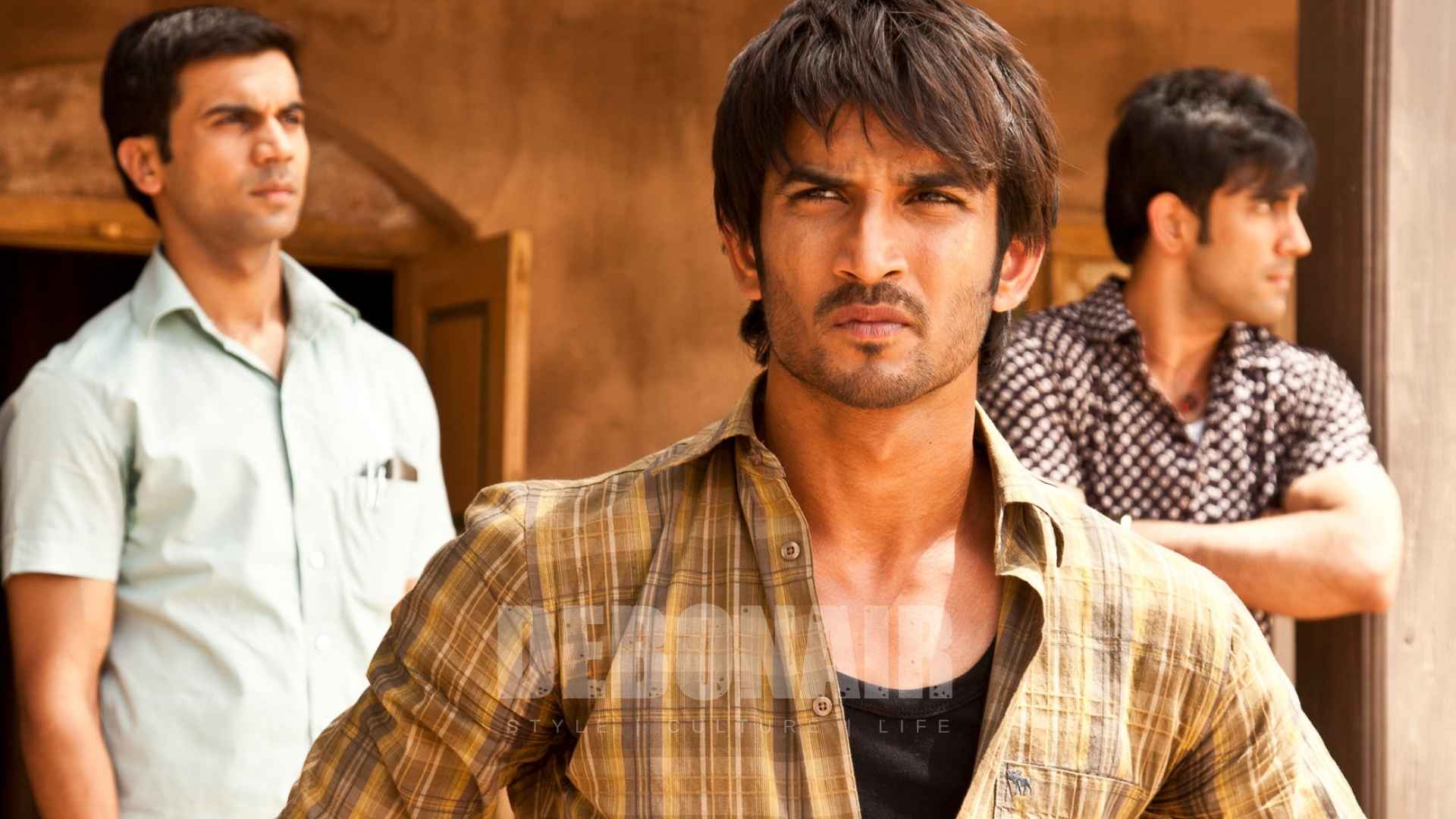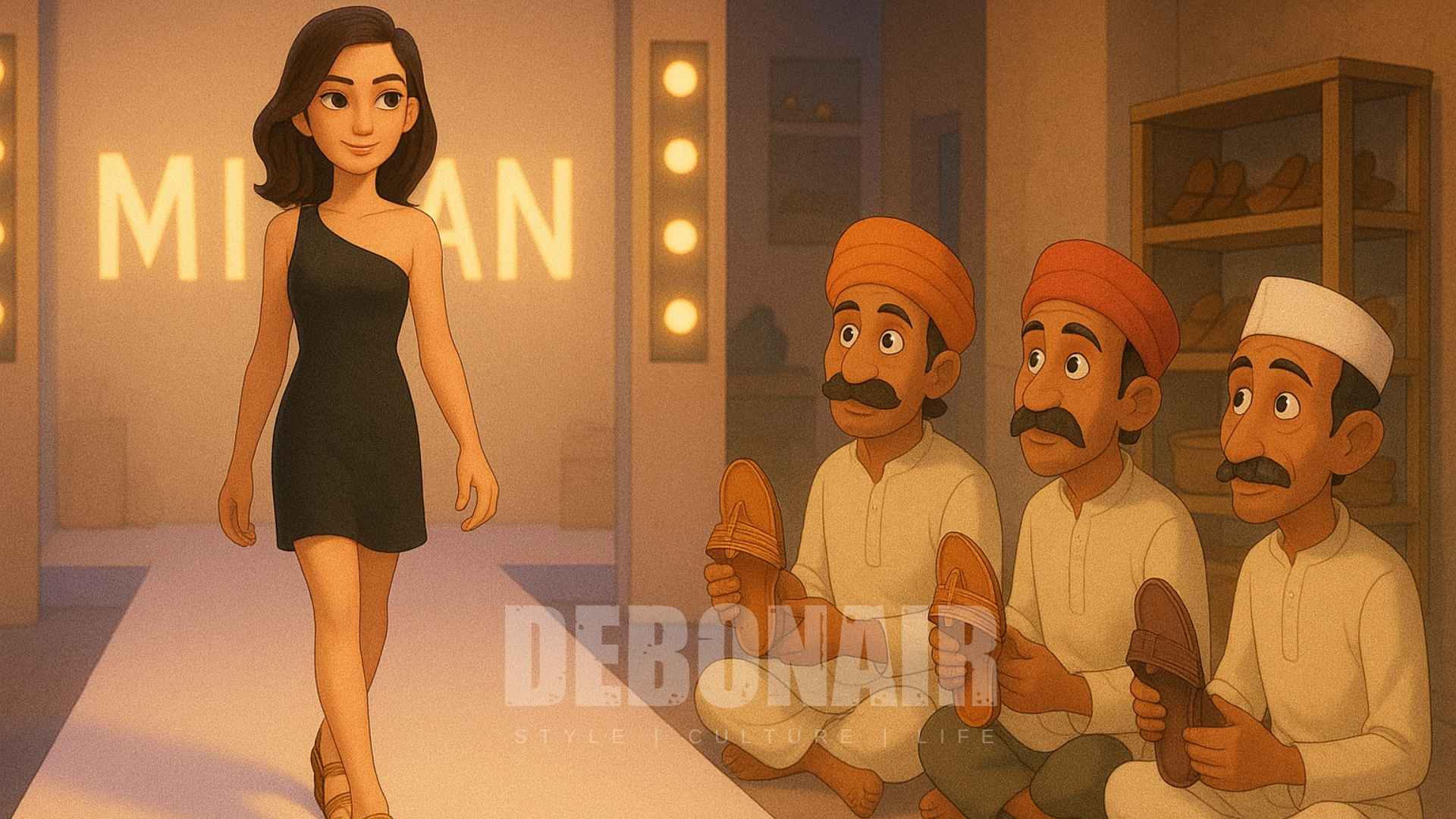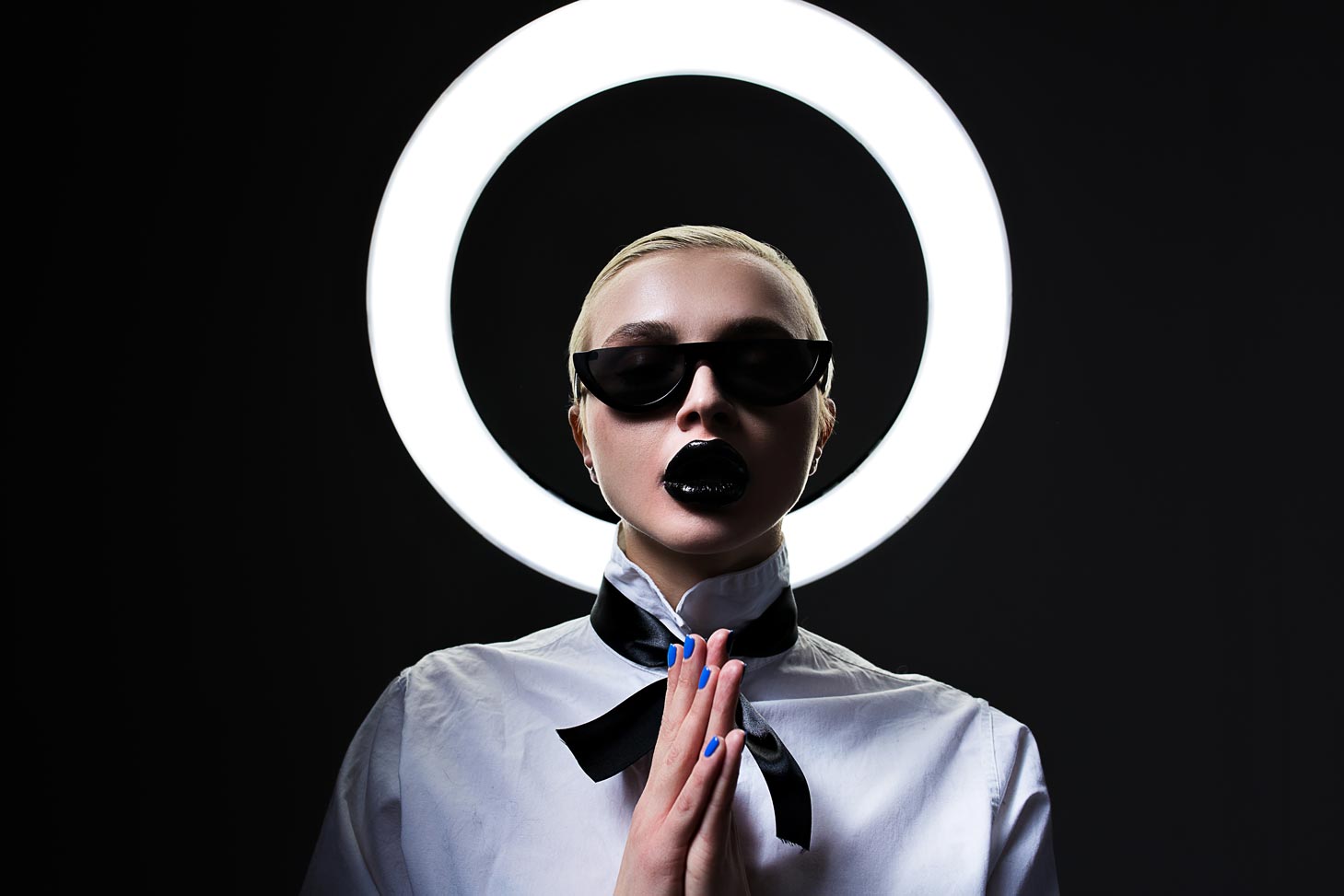There’s a moment—usually quiet, usually late—when your chest tightens and your eyes soften. You scroll through an old text thread. Or sip wine at the wedding of someone you used to love. Or walk out of a gallery and feel completely moved, but you can’t quite name by what.
That’s not confusion. That’s complexity. That’s mixed emotion—and it’s having a bit of a cultural reckoning.
For too long, we’ve been taught to flatten our feelings into hashtags. Grateful. Heartbroken. Thriving. As if life always arrives in single servings. But if you’ve ever felt nostalgic and relieved, angry and tender, giddy with a pinch of dread—congratulations. You’re not broken. You’re just human. And now, science is finally catching up.
A new study from USC Dornsife puts words and wires to what many of us already know in our bones: we don’t just swing between emotions—we hold them all at once. Not like a mood board, but like a moody fresco. Fleshy, layered, impossible to reduce.
The researchers didn’t just rely on what people said. They watched the body react. When participants felt emotional opposites—like disgust and amusement—physiological signals (heart rate, skin conductance) revealed something startling: a third pattern. Not a compromise between two emotions, but a new biological texture entirely. As if the body, like a good designer, knows how to blend sharp lines with soft light.
That insight matters, especially now—when we’re craving depth in everything from interiors to identities. We no longer want open-plan lives with no separation between kitchen, office, and soul. We want layered textures. Contrasts. Emotional zoning. It’s why maximalism is back, therapy is mainstream, and people are turning toward slower rituals—candle-making, hand-lettering, heritage cooking—not just for calm, but for contradiction. For a feeling of tension held gently.
We’re waking up to the idea that being whole doesn’t mean being tidy. It means being true.
The USC study also touches something spiritual in how we make decisions. Mixed emotions, it turns out, don’t muddy our thinking—they refine it. They allow for nuance, for that crucial pause before the yes or no. Previous research even suggests they improve creativity and problem-solving. In other words, when your heart is in two places, your mind may be making its most thoughtful map.
And culturally, we’re seeing a slow, soft rebellion against the tyranny of clean narratives. In relationships, people are rethinking what closure really looks like. In work, there’s room again for ambivalence—for “I love what I do, and I’m tired.” Even in branding, the once-flattened emotional palette is giving way to identities that speak in contradictions: warm minimalism, conscious luxury, joyful rebellion.
Truth is, we’re not looking for certainty anymore. We’re looking for resonance. We want things that can hold multiple truths. A playlist that makes you dance and ache. A space that feels ancient and modern. A feeling that doesn’t resolve, but expands.
So next time you find yourself laughing through tears, or mourning with a flicker of peace—don’t reach for a label. Don’t try to “process it” into something palatable.
Just sit in it.
Let your body hum with the beauty of the both/and. Because in this age of curated chaos, the most radical thing you can do might just be to feel it all.
Stay updated with the latest in fashion, lifestyle, and celebrity stories—straight from the world of Debonair. Follow us on Instagram, X (Twitter), Facebook, Youtube, and Linkedin for daily style and culture drops.
Aarav writes about modern Indian life with warmth, curiosity, and cultural flair. Whether it’s evolving relationships, homegrown movements, or the psychology of trends, his work feels like a long conversation with a thoughtful friend.







